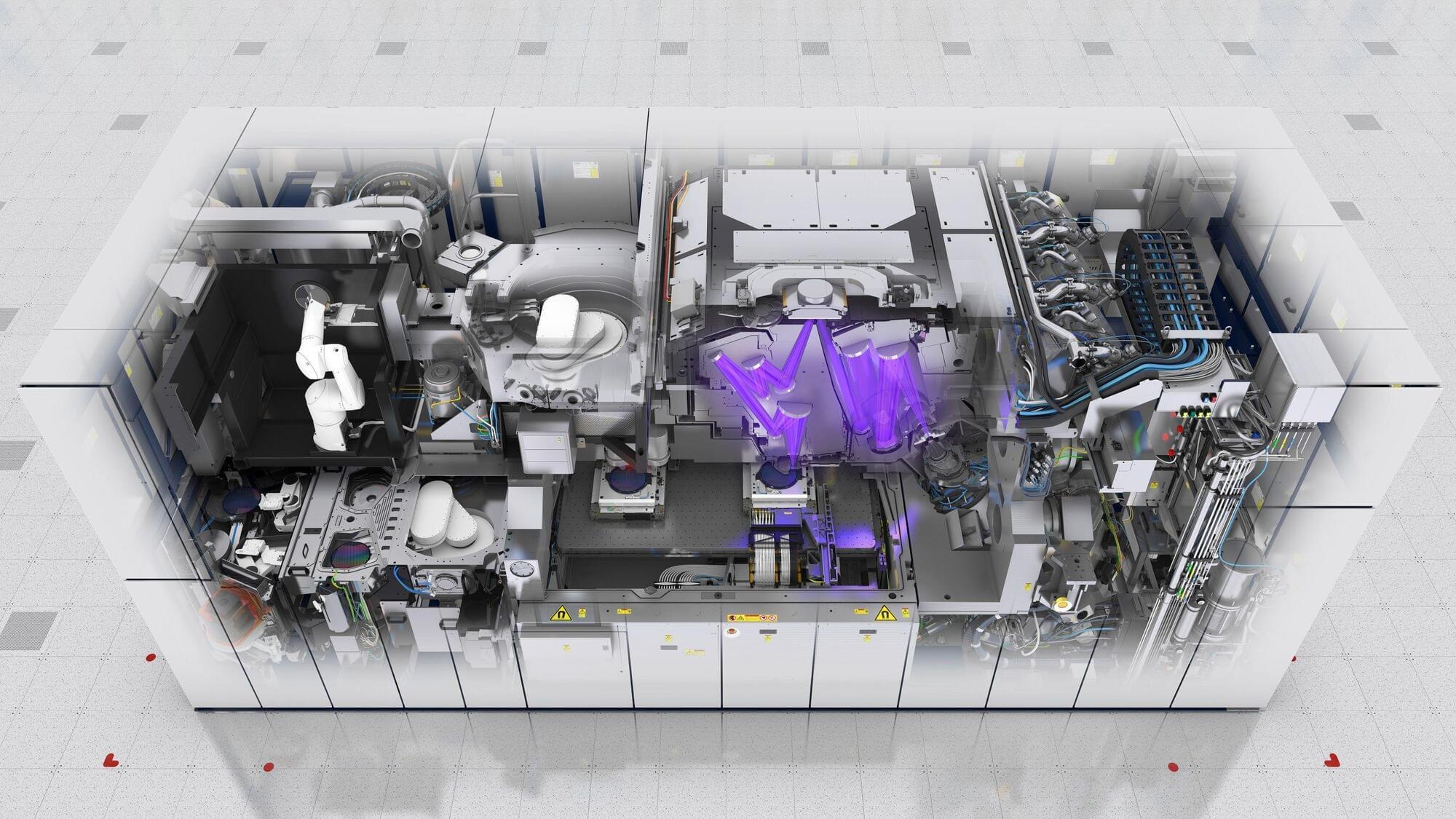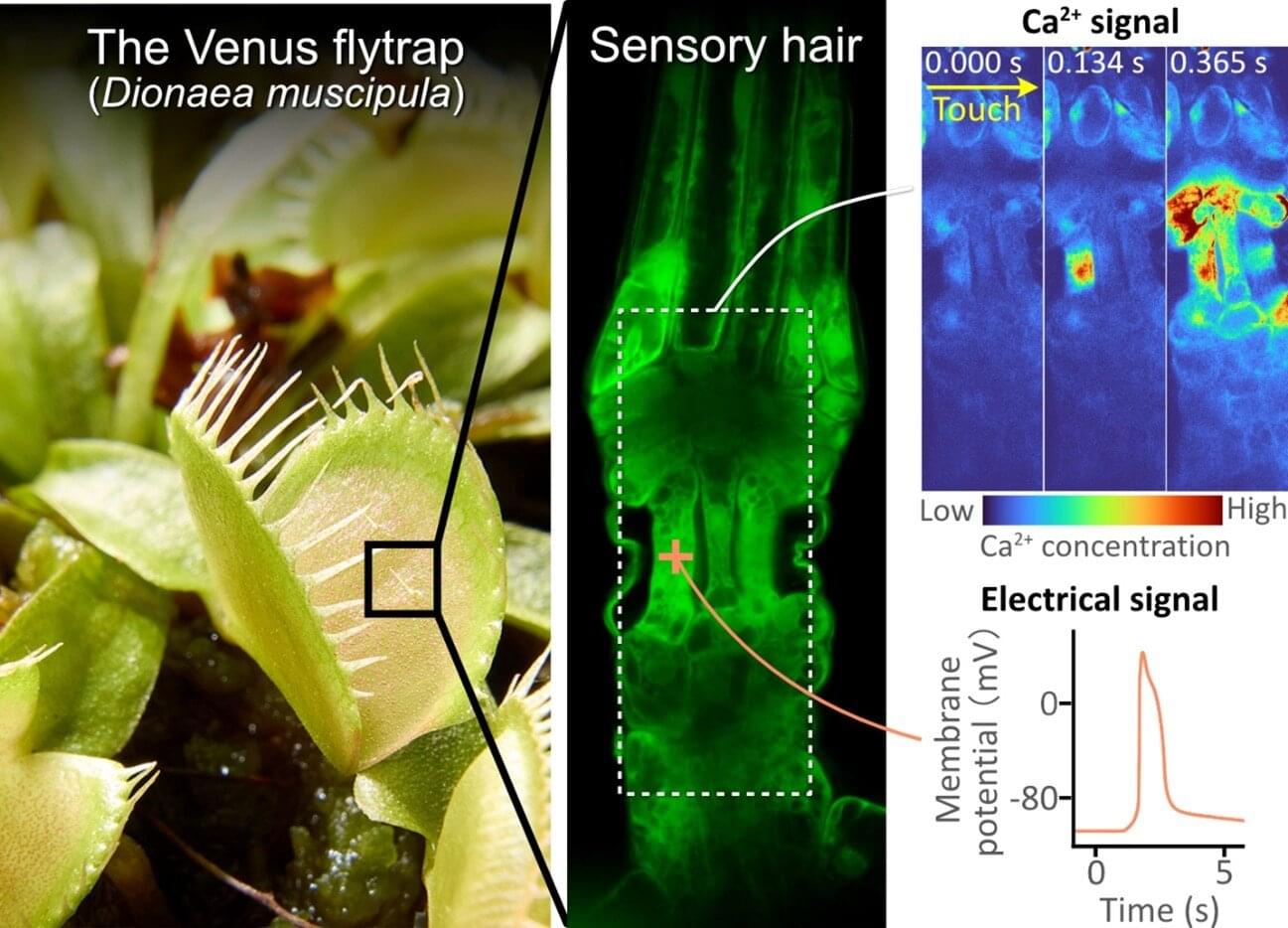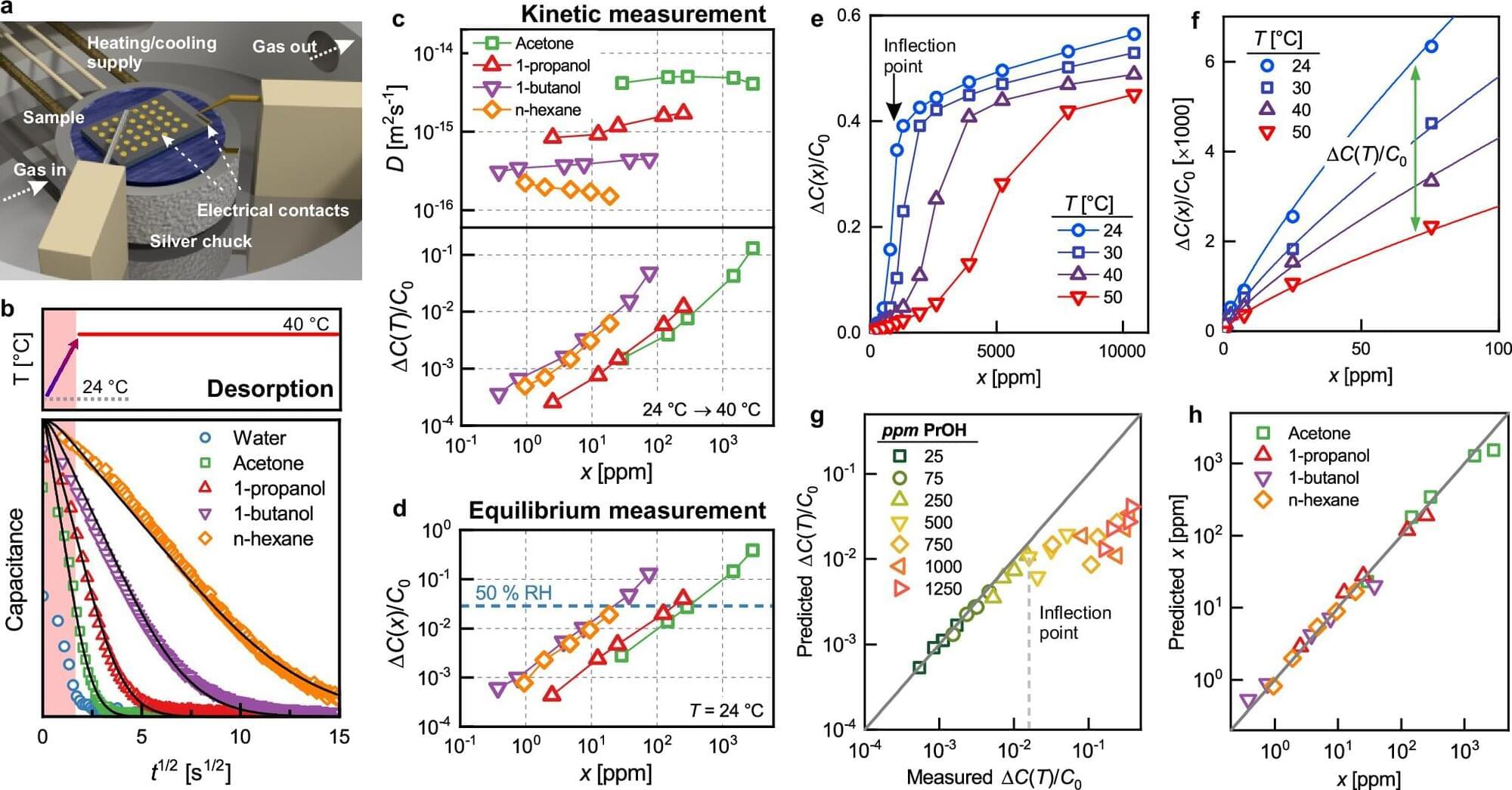RAFAEL is a sub-ångström ultra-high-transmittance snapshot spectroscopic imaging sensor leveraging electro-optic reconfigurability in integrated lithium niobate photonics.



Scientists at the Advanced Science Research Center at the CUNY Graduate Center (CUNY ASRC) have discovered a way to control sound and vibrations using a concept inspired by “twistronics,” a phenomenon originally developed for electronics.
Their research, published in the journal PNAS, introduces “twistelastics”—a technique that uses tiny rotations between layers of engineered surfaces to manipulate how mechanical waves travel.
Sound and vibration control are essential for technologies like ultrasound imaging, microelectronics, and advanced sensors. Traditionally, these systems rely on fixed designs, limiting flexibility. The new approach allows engineers to reconfigure wave behavior by twisting two layers of engineered surfaces, enabling unprecedented adaptability.

New technology that invites expressive, two-way communication between a person and the soft, flexible object they are holding or wearing has been developed at the University of Bath.
Using this system, a user can tap, twist or pinch a soft object—such as a cushion, an item of clothing or a pliable computer mouse—and the object will respond in a meaningful way, for instance, by changing the TV channel, turning off a light or creating a digital sculpture on a screen.
Crucially, the object also provides tactile feedback (such as a soft click or vibration) to confirm the action, while maintaining its natural softness and flexibility.

TSMC is also exploring the possibility of applying similar dynamic energy control mechanisms to other lithography equipment, including DUV scanners, as well as additional modules outside the lithography sector.
While TSMC did not reveal what, exactly, its EUV Dynamic Energy Saving Program involves, that it is applicable to DUV systems and other machinery means that it does not exploit EUV-specific peculiarities. For example, the program could implement adaptive power scaling based on real-time operational status. If wafers are not queued for immediate processing, the EUV tool could intelligently pause or shift to a low-power state rather than continuously consume full power. Such an approach would require real-time data exchange across the cleanroom as well as optimizations on process/production flow levels (though, we are speculating).
TSMC has been increasing the power efficiency of its EUV fab tools — which are notorious for their power consumption — for years, now. In mid-2024, the company announced that it had though without disclosing what exactly had been done…

Plants lack nerves, yet they can sensitively detect touch from other organisms. In the Venus flytrap, highly sensitive sensory hairs act as tactile sensing organs; when touched twice in quick succession, they initiate the closure cascade that captures prey. However, the molecular identity of the touch sensor has remained unclear.

From breath analysis to explosive detection, many applications require reliable electronic “noses.” Unfortunately, current technology often falls short. That is why researchers at KU Leuven have developed a flexible sensor platform that not only detects gases, but also records their speed—like a speed camera.

A lens-free system produces sharp mid-infrared images even in low light and over long distances, creating new opportunities for improved night vision, industrial inspections, and environmental monitoring. Drawing on the centuries-old principle of pinhole imaging, researchers have developed a high


Black phosphorus nanoribbons (BPNRs), thin and narrow ribbon-like strips of black phosphorus, are known to exhibit highly advantageous electronic properties, including a tunable bandgap. This essentially means that the energy difference between the region where electrons are bound together (i.e., valence band) and that where electrons move freely (i.e., conduction band) can be easily controlled by adjusting the width of the nanoribbons.
A tunable bandgap is essential for the development of transistors, the components that control the flow of electrical current through electronic devices.
While several past studies have highlighted the promise of BPNRs for the development of electronics, strategies that could enable their reliable fabrication on a large scale are still lacking.